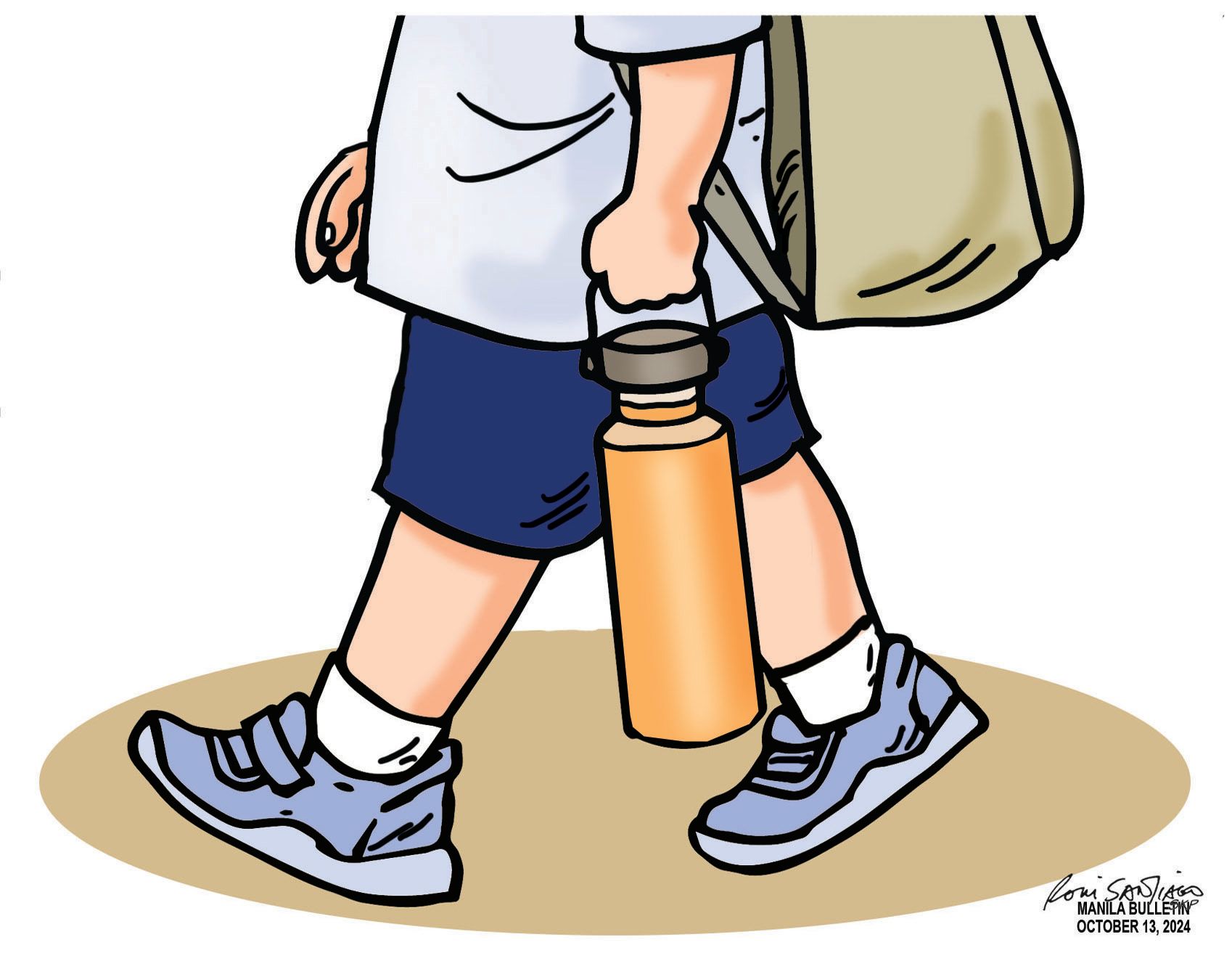
The campaign for reusable water containers to reduce plastic waste has been successful. Observe how consumers, especially students and office workers, now carry a reusable water container everywhere.
A down side of this successful campaign for the environment is the presence of a toxic substance in some water containers. Days ago, EcoWaste Coalition warned against high levels of lead-containing paints on reusable stainless steel water bottles and tumblers being sold in the market.
EcoWaste Coalition is an advocacy network of more than 150 community, church, school, environmental and health groups.
The group recently discovered that several reusable water bottles and tumblers contain dangerously high levels of lead-containing paints. The products, sold at ₱145 to ₱289 each, were purchased between July to October this year from online sellers and retail stores in the cities of Antipolo, Caloocan, Manila, Quezon, and Teresa, Rizal. Most of the products, decorated with popular cartoon characters, were marketed for children’s use.
Of the 30 reusable steel water bottles and tumblers analyzed, the Ecowaste Coalition detected lead above the 90 ppm limit on the exterior coatings of 15 products with the aid of an X-ray fluorescence (XRF) device. Ten of the products contained dangerously high levels of lead over 10,000 ppm and one of them has over 100,000 ppm lead, the group said.
However, lead was not detected in the other 15 samples, indicating that its manufacturers used lead-free paint to decorate the water bottles and tumblers.
Ecowaste said none of the products provided lead hazard warnings.
Under the DENR Administrative Order 2013-24, lead in paints and similar surface coatings must not exceed the maximum limit of 90 parts per million (ppm).
In a statement, the group called on authorities to enforce the lead paint standard to be used in water bottles and tumblers. It also demanded the removal of non-compliant products from the market including online shopping platforms.
“Lead is a highly poisonous element that is responsible for nearly 1.5 per cent of annual global deaths – almost as many deaths as from HIV and AIDS, and more than from malaria,” the United Nations Children’s Fund (UNICEF) warned.
“Lead affects a child’s developing brain, causing decreased intelligence, behavioral disorders and learning problems which can reduce potential earnings in adulthood. It also affects almost every organ in a child’s body, including the heart, lungs, and kidneys,” the UNICEF said in an article – “Children around the world are being poisoned by lead on a massive and previously unrecognized scale.”
Lead affects children more than adults. Infants and young children absorb about four to five times more of the lead that enters their bodies than do adults.
The UN agency has noted “significant progress in the reduction of the use of lead in paint.” Lesley Onyon, of the Chemical Safety, Department of Environment, Climate Change and Health, said: “The world has seen the significant reduction in the use of lead in paint in the last 10 years with more than 84 countries now having legally binding controls to limit the production, import, and sale of lead paints. That is why this year we are widening the scope to prevent all sources of lead exposure.”
The findings of EcoWaste Coalition on the dangerous levels of lead decorating reusable water containers should push citizens to be more vigilant. Government should act swiftly to stop the presence of those products in the market.